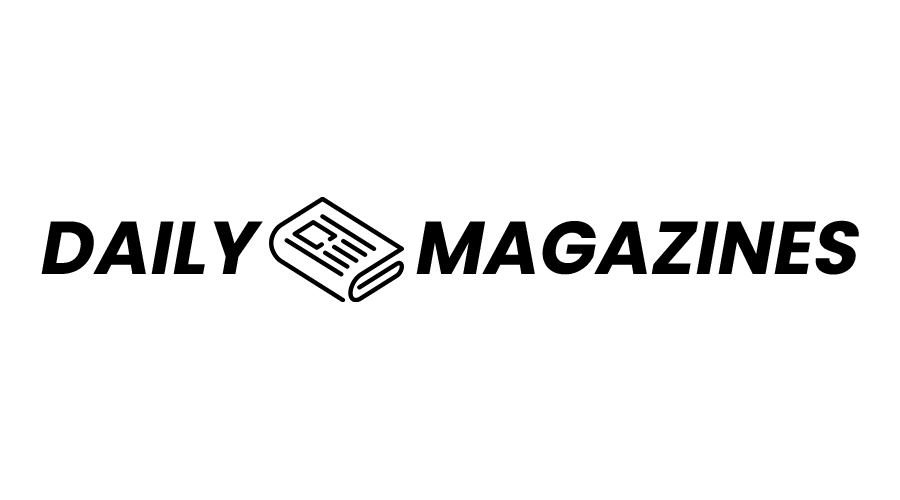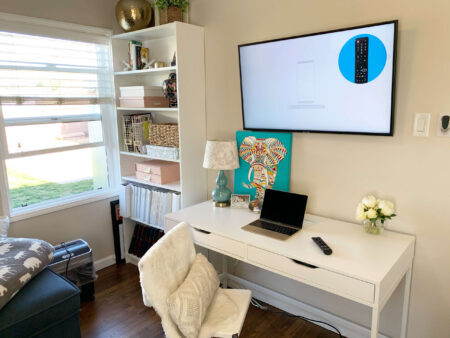Homeownership is a triumph, but it comes with a labyrinth of responsibilities—chief among them, ensuring safety. A home should be a sanctuary, not a hazard zone. Yet, countless homeowners overlook critical precautions, leaving their households vulnerable to accidents, intrusions, and disasters. Here’s how to fortify your abode with vigilance and foresight.
The Foundation of Safety: Fire Prevention
A single spark can reduce a lifetime of memories to ashes. Fire safety isn’t just about smoke detectors—though those are non-negotiable. Test alarms monthly and replace batteries annually. But don’t stop there. Equip your home with fire extinguishers, strategically placed in high-risk zones like the kitchen and garage. Learn how to use them; an untouched extinguisher is as useless as a deflated life raft.
Flammable clutter is a silent accomplice to disaster. Keep combustible materials away from heaters and stoves. And if you’re still using frayed cords or overloaded power strips, you’re courting catastrophe. Upgrade your wiring if necessary—it’s a pittance compared to the cost of rebuilding.
Securing the Perimeter: Burglar-Proofing Your Domain
A home’s vulnerability begins at its entry points. Deadbolts are a bare minimum; consider smart locks for enhanced control. Reinforce door frames—many intruders exploit weak hinges rather than picking locks. Motion-sensor lights are a thief’s nemesis, casting unwelcome illumination on their illicit activities.
Windows are another chink in the armor. Install laminated or tempered glass to resist shattering. For an added layer of deterrence, thorny shrubs beneath ground-floor windows make for an uninviting barrier. And while you’re assessing security, don’t forget about the garage—an often-neglected gateway.
The Unseen Threats: Carbon Monoxide and Radon
Not all dangers announce themselves with smoke or shattered glass. Carbon monoxide (CO) is a stealthy killer, odorless and invisible. A CO detector near sleeping areas is as crucial as a smoke alarm. Likewise, radon—a radioactive gas seeping from the earth—can silently poison your home. Test for it. Mitigation systems are a small price for peace of mind.
Childproofing Beyond the Basics
If children roam your halls, childproofing is non-negotiable. Outlet covers and cabinet locks are elementary. But true safety demands more. Anchor heavy furniture to walls to prevent tip-overs—this is where a professional tv mounting service near me can ensure your entertainment systems are securely installed without risking a tragic accident.
Stair gates are essential, but don’t overlook the danger of blind cords or unsecured rugs. Even houseplants can be hazardous—some species are toxic if ingested.
Disaster Preparedness: Beyond the First-Aid Kit
A well-stocked first-aid kit is a start, but true preparedness means anticipating the unimaginable. Earthquakes, floods, and power outages don’t wait for convenience. Keep emergency supplies—water, non-perishable food, flashlights—in an accessible location.
Know your home’s weak points. Is it in a flood zone? Are the pipes insulated against freezing? Proactive measures like sump pumps or storm shutters can mean the difference between inconvenience and devastation.
The Digital Layer: Cybersecurity at Home
In an era of smart homes, digital threats are as real as physical ones. Secure your Wi-Fi network with a robust password. Update firmware on smart devices—hackers exploit outdated systems. Even your doorbell camera can be a backdoor for cybercriminals if left unprotected.
Maintenance: The Unsung Hero of Home Safety
Neglect is the precursor to disaster. Clean dryer vents to prevent fires. Inspect your roof for loose shingles. Replace aging appliances before they become hazards. A well-maintained home isn’t just aesthetically pleasing—it’s a fortress.
Safety isn’t a one-time checklist; it’s an ongoing discipline. The most dangerous mindset is assuming “it won’t happen to me.” Vigilance today prevents regret tomorrow.


